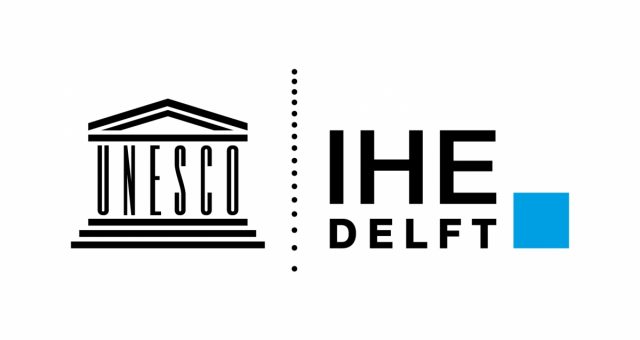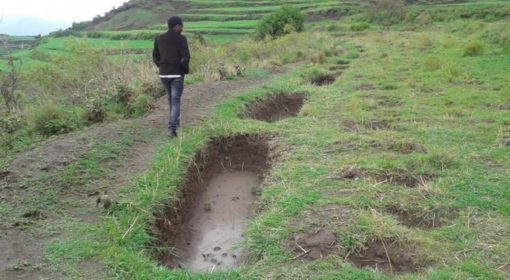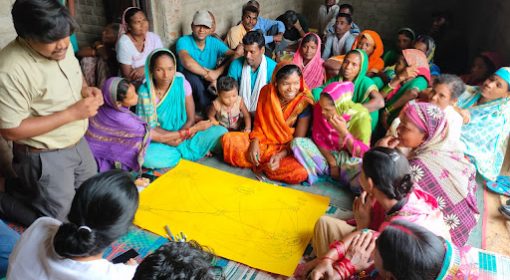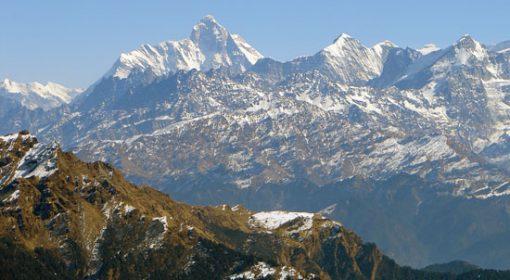By Dr. Long Hoang (MetaMeta), based on work by and inputs from Prof. dr. Rosh Ranasinghe (Professor, Climate Change Impacts and Coastal Risks, IHE Delft)
Pretty much anywhere, if one looks up temperature increase in the coming decades, or sea level change along the coast, it is highly likely that one will find information sourced from the IPCC assessment report. The definitive IPCC assessment reports play the crucial role of being the seminal source of science-based information on global and regional climate change, providing boundary conditions for all sorts of decision making and planning processes to combat climate change at all levels. Since its first assessment report (AR) in 1992, IPCC has released six generations of assessments (AR1 to AR6), informing policy makers and the general public about the latest understanding and evidence on global climate change. Most recently, the Working Group I (WGI) contribution to the IPCC 6th Assessment Report was launched in August 9th 2021. While a lot of public and media attention goes to the key messages of the report, a less known aspect is the process of crafting these massive reports (for example, the WGI AR6 report is about 4000 pages long). We take the opportunity here to address this little known process based on recent a webinar with one of the coordinating lead authors of IPCC AR6 from IHE Delft/Deltares – Prof. Roshanka Ranasinghe to take a look at this process (*).
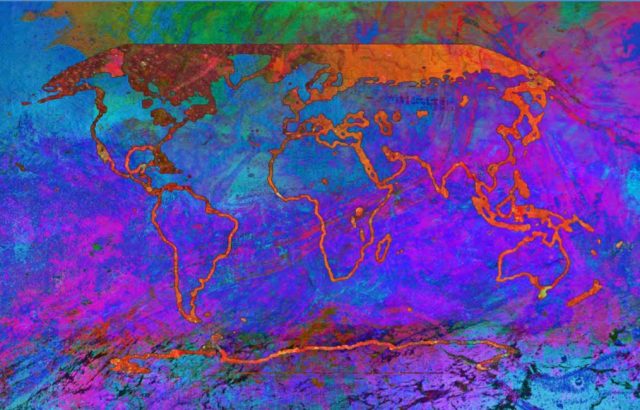
The IPCC assessment report is the result of the largest global peer review process by the climate scientist community and governments
The IPCC AR6 WGI report assessed more than 14,000 peer-reviewed scientific papers. The report is a collective, consensus based effort involving 234 main authors (31 Coordinating Lead authors, 167 lead authors, 36 Review editors) and more than 500 coordinating authors and chapter scientists. The findings and statements in the assessment report are the result of synthesizing data, information and insights from multiple lines of evidence including observations, modelling assessments, and process knowledge.
The 6th assessment report strives for transparency and confidence with its findings in different ways
To manage the collective work in compiling the report, the IPCC organized several physical lead author meetings, supplemented by numerous online meetings. Apart from reviews of the first and second order draft reports from scientific peers, the authors also extensively leverage inputs from the governments and organizations through scoping and government review stages. Right at the beginning, scoping sessions were held to gather inputs from many governments, to develop the outline and main focal themes of the report. All in all, the assessment reports went through 3 rounds of reviews, with the 3rd round being the final government review. Every submitted review comment on the report was addressed before the release. For the summary for policy makers, IPCC involved all UNFCCC governments (195 in total) to join an approval session where the text is reviewed and approved word by word, line by line.
Acknowledging the importance of the uncertainties in observing and projecting global climate change, all findings in the assessment report are assigned confidence levels. The confidence levels consist of five categories— very low, low, medium, high and very high confidence, and are carefully arrived at using a structured assessment of different lines of evidence. In cases where there is at least high confidence, the WGI assessment goes onto assign likelihoods to the statements, where possible. Such likelihood statements directly correspond to computed probabilities of a given outcome (projection).
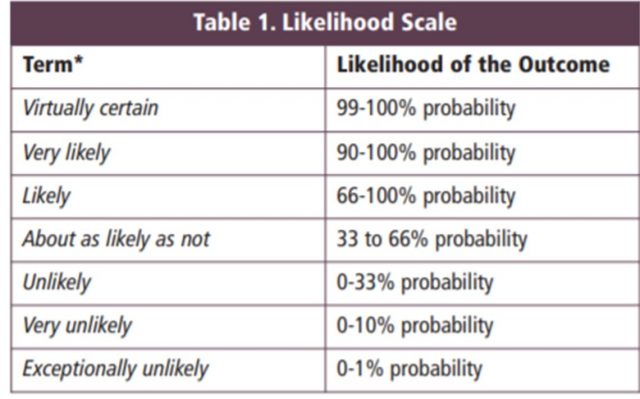
The 6th assessment report leverage an exceptionally wide range of accompanying tools and techniques to increase usability and uptake of information
The 6th assessment report from the WG I focuses on the regional contexts and specifications to boost the utility of its findings. The regional assessment covers 51 world regions, taking into account 31 climate impact drivers. For each region, information is provided for observation and projection, with a very strong focus on visualization.
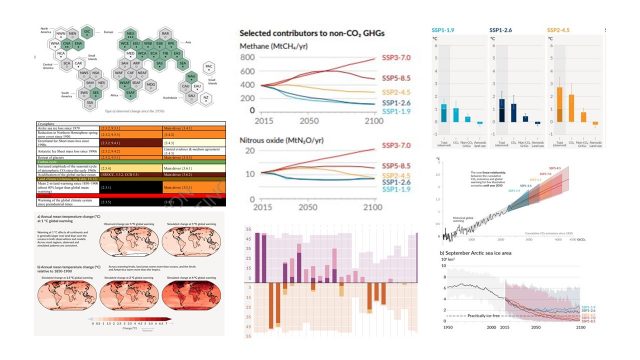
The AR6 devotes approximately 1/3rd of the report to regional assessments to improve the utility of its findings. The regional assessment covers 44 world regions, taking into account 33 climatic impact-drivers (CIDs). For each region, information is provided for observations and projections, with a very strong focus on visualization.
- Many tools are developed to accompany the main report, and as derivatives of the report, allowing the public and policy makers to explore the findings about climate change for their respective regions and countries and for the CIDs that are relevant for their sector of interest. These include:
- The interactive atlas for flexible spatial and temporal analyses of climate change information: https://interactive-atlas.ipcc.ch/
- Official IPCC video (10 mins) summarising the WGI contribution to IPCC AR6: https://youtu.be/e7xW1MfXjLA
- NASA’s Sea level rise projection tool: https://sealevel.nasa.gov/ipcc-ar6-sea-level-projection-tool
- IHE Delft’s Coastal Futures (CoFu) online viewer: a one stop viewer for 21st century projections of climatic impact-drivers (CIDs) leading to coastal impacts and risk https://coastal-futures.org/
With the recent release of the first amongst three key documents of the 6th assessment reports, we are looking forward to the upcoming reports by the Working Group II (Vulnerability, Impacts, Adaptation) in February 2022; and Working Group III (options for mitigation) in March 2022, and the synthesis report in September 2022.
(*) For further information relating to the findings and content matters of the assessment report, kindly refer to the following resources:
- Webinar by Prof. Roshanka Ranasinghe on summary of the Working Group I 6th Assessment report on sea level rise and climate change
- Key takeaways from the Working Group I contribution to the IPCC 6th Assessment report
- Full 6th assessment report by the Working Group I.
- An article by Prof. Rahashinghe on why the world needs to act now to adapt and to avoid runaway climatic change
